Hardness of stainless steel and alloys for knives
The hardness of stainless steel and alloys for knives is usually measured on the Rockwell scale (HRC) and is one of the most important indicators of blade quality. It determines the steel's ability to hold a sharp cutting edge and its wear resistance, but at the same time affects its brittleness and the difficulty of sharpening.
The influence of hardness on knife properties
- Higher Hardness (60+ HRC):
- Advantages: holds a sharp edge better and longer, higher wear resistance.
- Disadvantages: harder to sharpen, higher likelihood of brittleness (chipping of the cutting edge).
- Lower Hardness (54 - 58 HRC):
- Advantages: easier to sharpen, higher toughness and resistance to breaking and bending.
- Disadvantages: loses sharpness faster, requires more frequent sharpening.
Steel hardness largely depends on the content of Carbon (C) and quality heat treatment (quenching). Chromium (Cr) provides corrosion resistance (if its content is ≥11.5%).
For kitchen and everyday carry (EDC) knives, a balance in the 57 - 60 HRC range is usually sought, as this allows the knife to be tough enough and easy to sharpen at the same time. For specialized tools, such as survival blades or high-end Japanese knives, steels with a hardness of 62 - 64 HRC may be chosen, sacrificing toughness for extreme sharpness and its long retention.
| Hardness | ||||
| Grade | Soft annealing | After hardening | ||
| max. HB | max. HRC | max. HB | max. HRC | |
| M398 | 330 | 35 | 670 | 64 |
| M390 | 280 | 29 | 630 | 62 |
| N695 | 285 | 29 | 614 | 60 |
| N690 | 285 | 29 | 650 | 63 |
| N685 | 265 | 27 | 590 | 59 |
| CTC BD1 | 240 | 22 | 614 | 60 |
| CTS BD1N | 255 | 25 | 650 | 63 |
| CTS 204P | 290 | 30 | 650 | 63 |
| CTS XHP | 255 | 25 | 670 | 64 |
| Vanax SuperClean | - | - | 620 | 61 |
| Elmax | 280 | 29 | 630 | 62 |
| CPM MagnaMax | - | - | 680 | 65 |
| CPM MagnaCut | 240 | 22 | 680 | 65 |
| CPM MPL-1 | 390 | 42 | 720 | 67 |
| CPM S125V | 280 | 29 | 680 | 65 |
| CPM S110V | - | - | 670 | 64 |
| CPM S90V | 280 | 29 | 614 | 60 |
| CPM S60V | - | - | 570 | 58 |
| CPM S45VN | 255 | 23 | 630 | 62 |
| CPM S35VN | 255 | 23 | 670 | 64 |
| CPM S30V | 255 | 23 | 630 | 62 |
| CPM 20CV | 280 | 29 | 650 | 63 |
| CPM 154 (154 CM) | 240 | 22 | 630 | 62 |
| CPM D2 | - | - | 650 | 63 |
| RWL-34 | 280 | 28 | 670 | 64 |
| SG2 | - | - | 630 | 62 |
| SPG STRIX | - | - | 680 | 65 |
| VG-10 | - | - | 630 | 62 |
| VG-10W | - | - | 630 | 62 |
| ZDP-189 | - | - | 770 | 70 |
| ATS-34 | - | - | 620 | 61 |
| ATS-55 | - | - | 630 | 62 |
| AUS-8 | - | - | 590 | 59 |
| AUS-10A | - | - | 614 | 60 |
| AISI 440C | 270 | 27 | 614 | 60 |
| MA5 | - | - | 630 | 62 |
| Nitro-V | - | - | 670 | 64 |
| PMD550 | 330 | 35 | 650 | 63 |
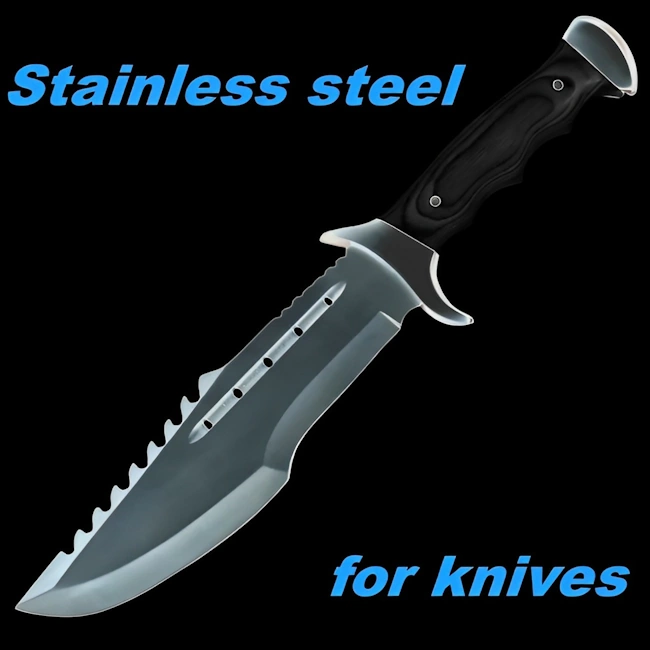
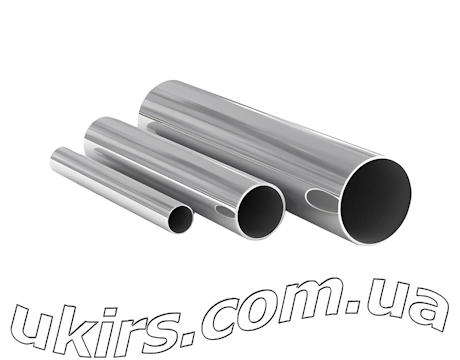 Stainless Steel Round Pipe
Stainless Steel Round Pipe 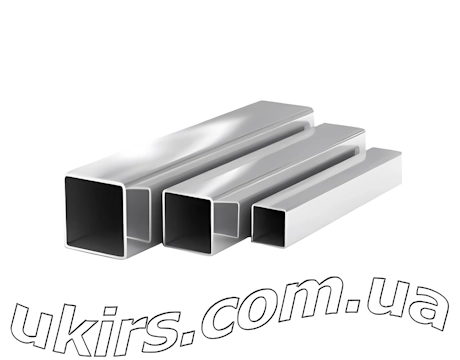 Stainless Steel Square Pipe
Stainless Steel Square Pipe 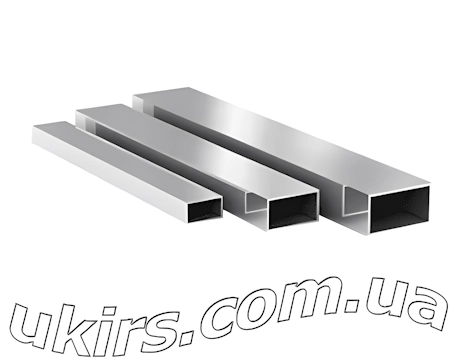 Stainless Steel Rectangular Pipe
Stainless Steel Rectangular Pipe 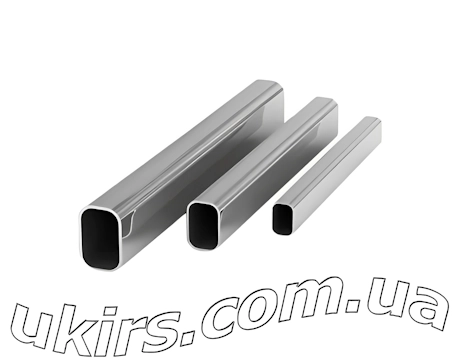 Stainless Steel Oval Pipe
Stainless Steel Oval Pipe 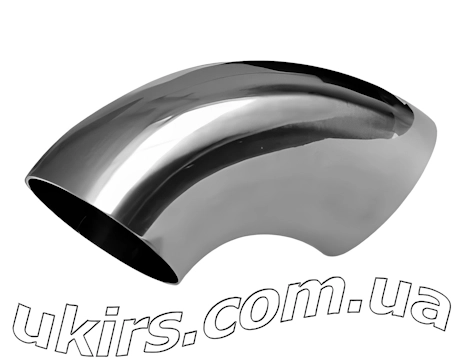 Stainless Steel Elbow
Stainless Steel Elbow 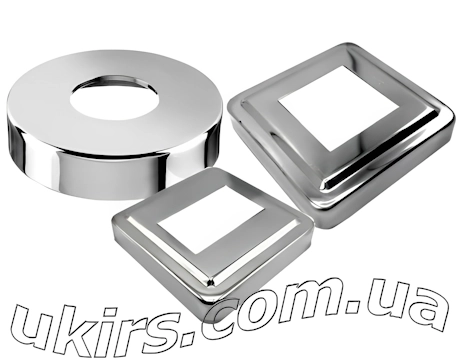 Stainless Steel Decorative Cover
Stainless Steel Decorative Cover 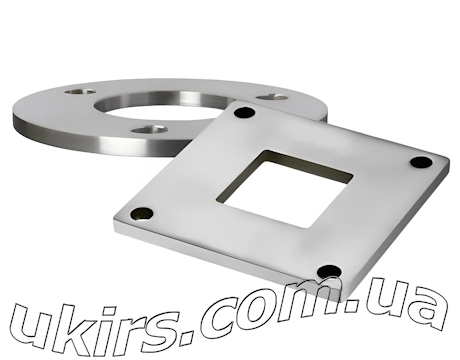 Stainless Steel Flange
Stainless Steel Flange 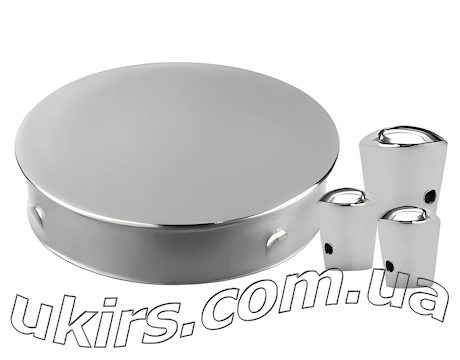 Stainless Steel Plug / Cap
Stainless Steel Plug / Cap 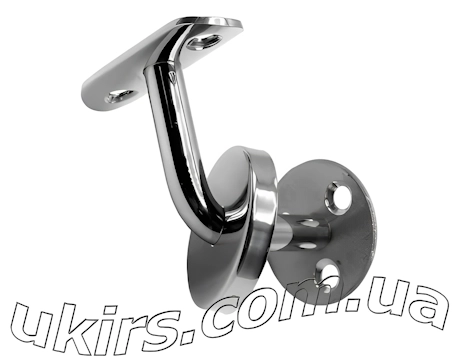 Stainless Steel Handrail Holder
Stainless Steel Handrail Holder